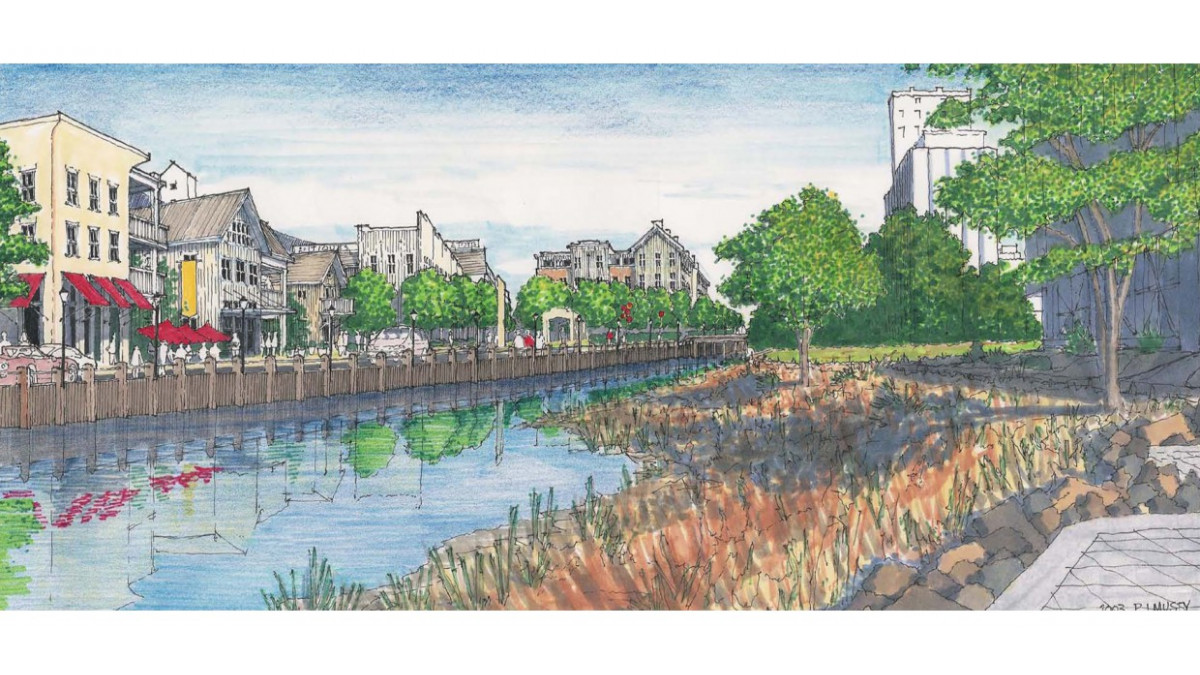Central Petaluma includes the city’s historic downtown, rail station, and several hundred acres of former industrial lands lining both sides of the Petaluma River.
By 2002, the area was struggling. Industrial properties and riverfront warehouses had fallen into disuse, as trucks superseded rail and river transport. Downtown had some popular restaurants and shops, but reuse of vacant storefronts was often infeasible, thanks to strict minimum parking requirements and other zoning rules. To revitalize the area, the city retained a team led by Crawford Multari & Clark and Fisher & Hall. Patrick Siegman led the parking planning for the project, while a principal at Nelson\Nygaard.
To develop a new vision, plan, and code, the team engaged the public through an extensive outreach process. A strong consensus emerged for extending the historic downtown pattern, with its small blocks and pedestrian-friendly streets, into the industrial areas along the river. To implement this vision, the team drafted one of California’s first form-based codes. The code defines a distinct character and scale for new development, drawing on elements from both the historic downtown and the old warehouses.
The plan adopts a “park once” strategy to ease redevelopment of the many small parcels. Motorists are encouraged to park on arrival in strategically-sited public garages and visit many destinations on foot. The code sharply reduces parking requirements, to levels more appropriate for a walkable, mixed-use downtown. In the plan’s second phase (once curb parking management strategies have been implemented) minimum parking requirements are removed entirely.
Just one month after the code’s adoption, the City Council unanimously welcomed $75 million in new mixed-use development to the long-neglected area. In the new Theater District, offices, apartments, shops, and restaurants have replaced vacant lots and reused historic buildings. A 12-screen movie theater has brought the movies back to downtown – a welcome return, for a city that had lost its last theater years earlier.
Images courtesy of Fisher & Hall







